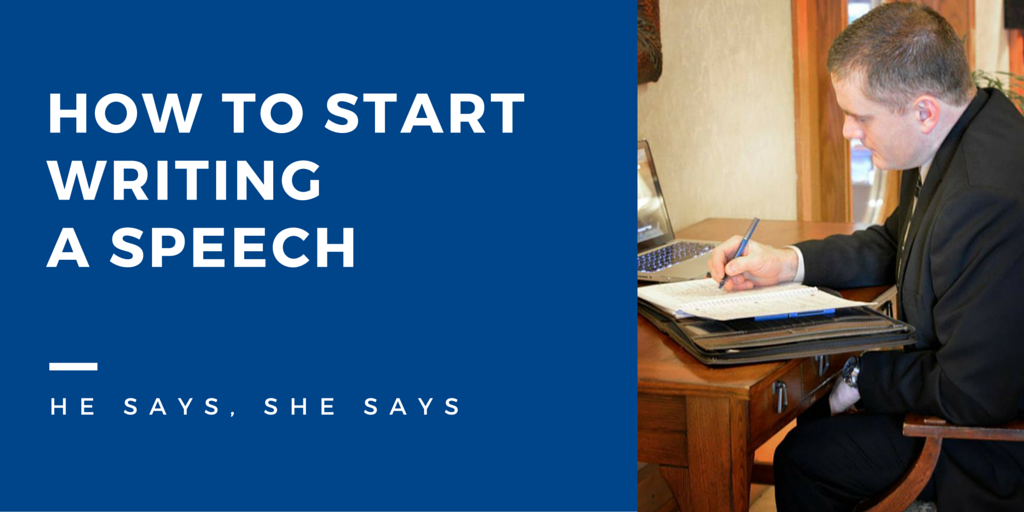When speaking to an audience, whether from stage or on video or Facebook Live, you have two goals as the speaker. One goal is to teach the audience something in your area of expertise. The other goal is to have the audience get to know you, like you, and trust you. An effective way to accomplish that second goal is through storytelling.
Storytelling involves sharing stories about your life experiences, personal victories and failures, challenges you have overcome, and quirky tidbits that make you unique. Storytelling means you need to be transparent and maybe even a little bit vulnerable. Your audience needs to relate to you, and storytelling is how to make that happen. Storytelling can create that emotional connection you need with your audience.
Follow these steps to effectively share your story:
Empty Your Mind
You need to get all your ideas for a story onto paper. Once you have a story topic in mind, set a timer for fifteen minutes, and write down every idea you have for your story. Don’t worry if your ideas aren’t well-worded, and don’t try to edit anything while you’re making this list. Simply write down everything that comes to mind until your paper is full and your mind is empty.
After your fifteen minutes end, walk away from the paper. Take a break for a few minutes or even wait until the next day. Then, repeat this exercise until you have enough ideas to work with.
Get Organized to Create an Outline
Once all your ideas are on paper, carefully consider each idea. Determine whether each idea supports your overall topic. Decide whether you should use each idea for your current speech. Weed out ideas that won’t work with the topic at hand. The ideas you don’t use this time can be saved for a later time.
After you decide which ideas you’ll use, organize them into an order that makes sense. Put the ideas in chronological order or some other workable order that flows well. Figure out the lesson you want your audience to learn, and close with that.
From that ordered list, you can structure your outline. Your outline will serve as the skeleton for your story. It gives you direction and a roadmap.
Build on the Outline with Your Unique Voice
Transform your outline into a fully detailed story with your wording. Choose phrases and words that you would typically use in a casual conversation. Sometimes it helps to record yourself telling your story out loud, and then write down what you said. Say it in the way you’d say it to your best friend. This method helps keep your story personal, relatable, and casual.
Be Yourself
Tell your story in a way that makes sense for you and your brand. If you’re normally comical, be funny in your story. If you use particular jargon in your everyday conversations, feel free to use it in your story. Do whatever makes you unique. Don’t try to be someone you’re not. The whole point is to showcase what makes you special.
If you’re a bookseller, tell how a book changed your life. If you’re a counselor, tell about a time your counselor challenged you. If you are a personal trainer, tell about how you were inspired to do what you do.
Share Your Story
Your audience needs to know you, like you, and trust you, so use storytelling in your speeches, videos, and podcasts to help make that happen. Your personal stories set you apart from your competitors. There is no one else exactly like you on this earth, so there are no other stories exactly like yours.
You don’t have to be a perfect writer or a polished speaker to share your story. Just tell it. You’ll create deeper connections, relate better, and attract potential clients like never before.
 Need some ideas for ways you can use Public Speaking to grow your business? Not sure where to start? Join the fun in our Speaking Society! Click here to join.
Need some ideas for ways you can use Public Speaking to grow your business? Not sure where to start? Join the fun in our Speaking Society! Click here to join.









